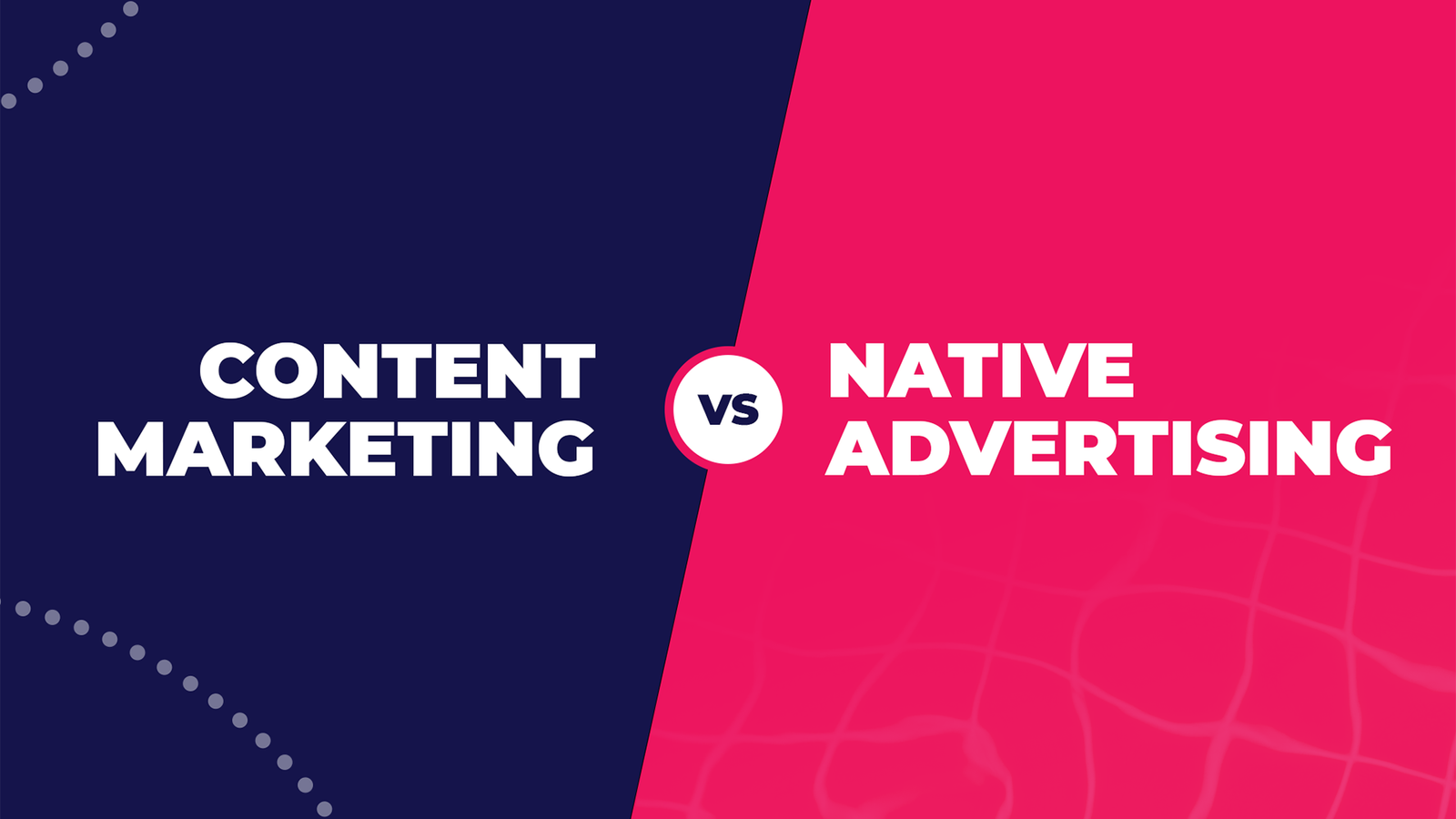As we move into 2024, the digital advertising landscape is rapidly evolving, driven by new technologies, changing consumer behaviors, and stricter privacy regulations. To stay ahead of the competition, marketers must adapt to these changes and integrate the latest trends into their strategies. In this blog post, we’ll explore the most important digital advertising trends for 2024 and how they can shape your marketing efforts.
1. AI-Driven Advertising
Why It Matters: Artificial Intelligence (AI) is transforming the way brands connect with their audiences, offering more precise targeting, personalized content, and optimized ad spend.
Key Developments:
- Predictive Analytics: AI uses data to predict consumer behavior, helping marketers deliver the right message at the right time.
- Dynamic Creative Optimization (DCO): AI-powered DCO automates the creation of ad variations tailored to individual user preferences.
- AI-Powered Chatbots: Integrating chatbots into ads enables real-time engagement and personalized customer interactions.
2. Privacy-First Marketing
Why It Matters: With growing concerns about data privacy and the introduction of regulations like GDPR and CCPA, marketers need to prioritize privacy in their strategies.

Key Developments:
- Cookieless Tracking: As third-party cookies are phased out, marketers are turning to first-party data and contextual advertising.
- Consent Management Platforms (CMPs): CMPs help businesses manage user consent, ensuring compliance with privacy laws while maintaining consumer trust.
- Transparent Data Practices: Consumers demand transparency regarding data usage, and brands that prioritize this will build stronger relationships.
3. Immersive Advertising Experiences
Why It Matters: Immersive advertising is becoming more accessible and engaging, offering brands new ways to captivate audiences.
Key Developments:
- Augmented Reality (AR) Ads: AR allows consumers to interact with products virtually, creating memorable experiences.
- Virtual Reality (VR) Advertising: VR offers fully immersive experiences, letting users explore products in virtual environments.
- Interactive Video Ads: Shoppable videos, 360-degree experiences, and clickable hotspots are making video ads more engaging.
4. The Growth of Programmatic Advertising
Why It Matters: Programmatic advertising, which automates the buying and selling of ad space, continues to dominate due to its efficiency and precision.
Key Developments:
- Connected TV (CTV) Ads: As more consumers shift to streaming, programmatic CTV ads are gaining traction.
- Programmatic Audio: The rise of podcasts and music streaming has made programmatic audio a key channel for reaching consumers.
- AI in Programmatic: AI and machine learning enhance programmatic advertising by optimizing ad placements and reducing fraud.
5. The Power of Video Marketing
Why It Matters: Video content remains one of the most effective formats for digital advertising, with consumers increasingly favoring video over other types of content.
Key Developments:
- Short-Form Video: Platforms like TikTok and YouTube Shorts have popularized short-form content, essential for capturing attention.
- Live Streaming: Brands use live video for product launches, Q&As, and behind-the-scenes content, offering real-time engagement.
- Video SEO: Optimizing video for search engines, including proper metadata and captions, is becoming more critical for visibility.
6. Social Commerce Expansion
Why It Matters: Social commerce, the integration of shopping experiences within social media, is expanding, offering brands new ways to drive sales.
Key Developments:
- Shoppable Posts: Platforms like Instagram and Facebook enable direct purchases within the app.
- Live Shopping Events: Influencers and brands host live shopping sessions, allowing viewers to buy products in real time.
- AI-Powered Recommendations: AI enhances social commerce by providing personalized product recommendations.
7. The Impact of Voice Search
Why It Matters: The growing use of voice-activated devices like Alexa and Google Assistant is making voice search a significant factor in digital advertising.
Key Developments:
- Voice Search Optimization: Brands must optimize content for voice search, focusing on natural language and conversational queries.
- Voice-Activated Ads: Emerging voice-activated ads allow users to interact with brands through voice commands.
- Audio Branding: Consistent audio cues and jingles are becoming more important for brand recognition as voice search grows.
Conclusion
In 2024, digital advertising will be shaped by AI-driven strategies, privacy-first approaches, immersive experiences, and the continued rise of social commerce and video content. By staying informed and adapting to these trends, marketers can ensure their strategies remain relevant and effective in the ever-changing digital landscape.




